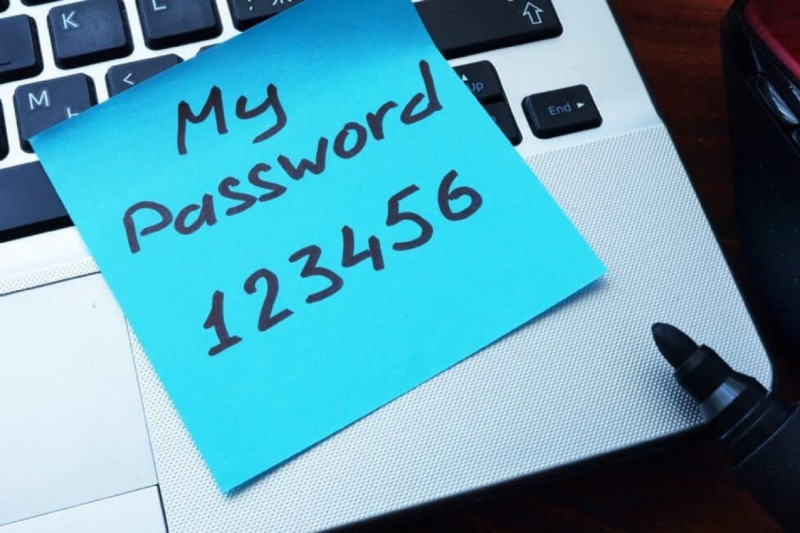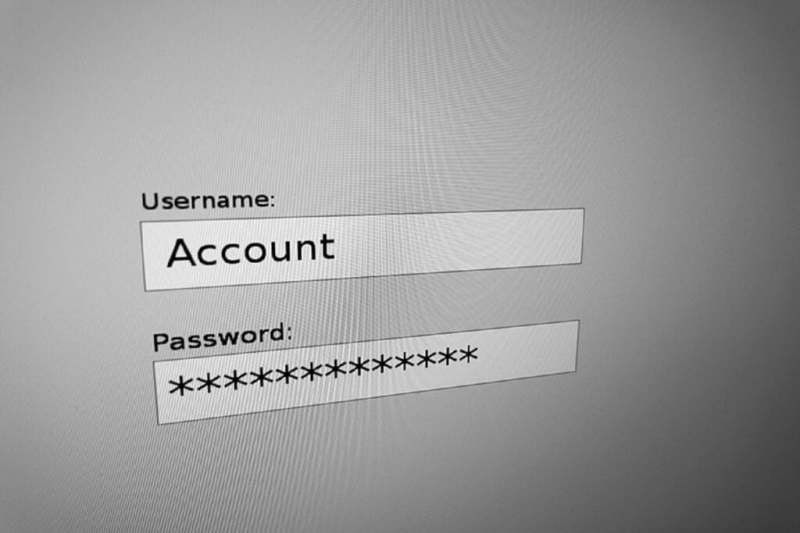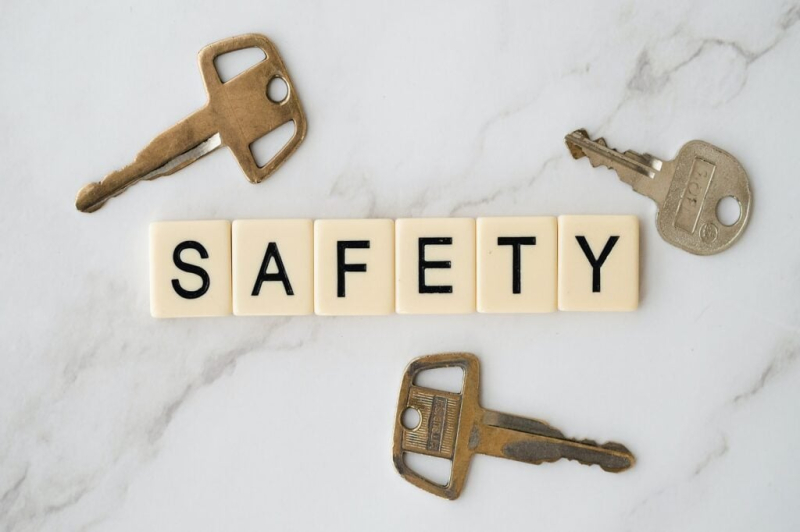
© Pexels < p>For several long years now, we have been multiplying subscriptions to various services, often requiring our email address of course, but also a precious password, if possible sufficiently secure. Just recently, 10 billion passwords were leaked into the wild, not to mention certain hackers who are capable of hacking a password in just a few seconds… Also, in the United States, the very serious NIST (for National Institute of Standards and Technology) recently came back to some good practices to adopt.
The difference between a good and bad password
Obviously, first of all, it is essential to opt for a so-called “strong” password. Concretely, the latter must contain (at least) ten characters, mixing upper and lower case letters, without forgetting numbers and special characters. For the NIST, a 10-character password, which alternates numbers, upper/lower case letters and symbols is already very effective.

© Wikimedia/Commons
Also, Changing passwords regularly can help improve security. However, this practice can be a double-edged sword, since changing passwords regularly also tends to… make us opt for passwords that are increasingly easy to remember. Change your password yes, but always respect the rule stated above.
200% Deposit Bonus up to €3,000 180% First Deposit Bonus up to $20,000Another recommendation to follow regarding passwords: never reuse the same password for multiple services. Indeed, while it is easier to memorize a single, strong password, using it on multiple services will make life easier for hackers in the event of username and password theft. Even though this is a bit more restrictive, it is therefore recommended to use a different password for each service used.
Of course, in addition to having to change the password assigned by default with certain hardware, it is more than advisable to opt for a digital key devoid of any personal clues. For example, we avoid using our date of birth, our first name or any other element that could be (too) quickly guessed by a third party.

© Pexels/Wiredsmart
Finally, NIST emphasizes that it is more than preferable to opt for two-factor authentication when the service allows it. In this way, in addition to securing access to your account through a ’strong“password, double authentication requires being able to provide a second identification via an application or a code sent to a smartphone or an email before accessing the desired service.
And if you are thinking of using a secure password manager (which is an excellent idea), we highly recommend this guide which lists the best offers on the market.
📍 To not miss any Presse-citron news, follow us on Google News and WhatsApp.
[ ]

